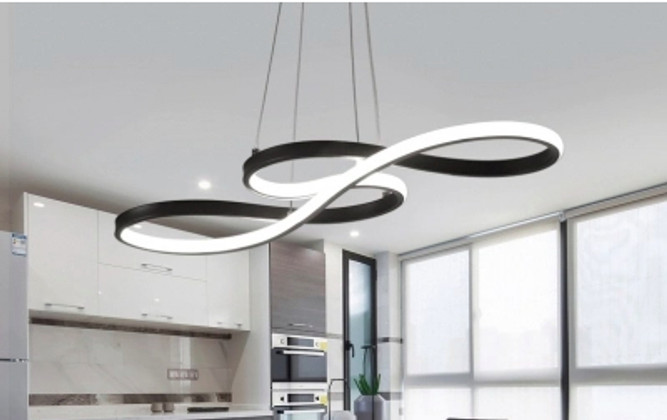LEDs: A Crash Course and All You Need to Know
Jun 15th 2020
LED stands for Light Emitting Diode. It’s a semiconductor light source that emits light when a current flows through it. The first viable LEDs were created as far back as 1962. It emitted low-level infrared light and was used in remote control units in consumer electronics among other things. The first LEDs to emit visible light were limited to red light.
LEDs have come a long way since they were originally created in the ‘60s. Once green and blue LEDs were created, it was possible to get white light by combining these three individual LED chips. But results were generally poor, offered light with terrible CRI, and would never have been commercially viable as a replacement for incandescent or fluorescent lights.
Modern day LEDs are being used in a variety of applications more numerous to list them all here. At SunLake, we’re most interested in their use for replacing incandescent and fluorescent bulbs in residential and commercial spaces.
As LED technology improves and the lights become brighter and more compact, there are ever more interesting and innovative things that can be done with them. The light fixture at the top of this article could never have been possible without LEDs.
One of the main benefits to LEDs is their efficiency. Where incandescents can lose up to 95% of the energy they consume to heat, LEDs consume much less energy overall and convert nearly all of it to light. Unless an LED is somehow malfunctioning, it should not get not to the touch even after being on for hours or days. While it’s true that LED bulbs are more expensive than a traditional incandescent, the energy savings and the longevity more than pay for the difference in up-front cost.
Where longevity is concerned, LEDs last many times longer than traditional incandescents. Incandescent bulbs have an estimated lifespan of about a year (assuming 3 hours a day of usage). By contrast many of SunLake’s LEDs have an expected lifespan of more than 22 years while others in the SunLake lineup are expected to last 32 years. It’s important to note that longevity ratings with respect to LEDs refer not to when the bulb will completely burn out, but when it will reach 70% of its original luminosity. Because LEDs don’t burn out from one instant to the next like incandescents, but rather dim over time, their lifetime rating is more about the usefulness of the light they emit rather than them emitting light at all. By the time the bulb has dimmed 30%, it will have a noticeable effect on the usefulness of the light emitted and should be replaced.
Brightness is an important factor when considering which light to purchase for a given application. Most people are likely used to thinking in terms of wattage to calculate brightness. Wattage is at best an indirect indication of a light’s brightness. A 60W incandescent was brighter than a 40W incandescent and manufacturers of bulbs and fixtures typically used wattage consumption as a benchmark for brightness. However, the advent of LEDs undermined wattage as an appropriate measure for brightness. Since wattage is the measure of energy consumed, and LEDs consume much less energy than incandescent bulbs to produce the same amount of light, it is better to think in terms of lumens to gauge brightness. SunLake’s 60W equivalent A19 (standard) light bulb produces 800 lumens while only consuming 9W of electricity to do so.
The prevalence of LEDs has made color temperature a bigger consideration than it ever was before. Previously to get a different color temperature from your bulb, you needed to purchase different kinds of bulbs that used different materials that emitted unique colored light when a current passed through them. LEDs can be tuned to produce exactly the color light that a manufacturer desires. Check out our quick guide to color temperatures here. The most important thing to remember is a lower number equates to a yellower light while a higher number equates to a bluer light. The color temperature that’s right for your space depends on the mood you’re trying to set. Yellower colors are typically thought of as more inviting and are good for living spaces while bluer light is often more invigorating and is good for kitchens and bathrooms. The same holds true for commercial settings. It all depends on the mood you’re hoping to establish.
LEDs have quite literally changed the landscape of lighting. They are small, lightweight, versatile, and inexpensive to operate. And best of all, the technology is changing and improving constantly meaning more savings, more options, and longer-lasting light.


